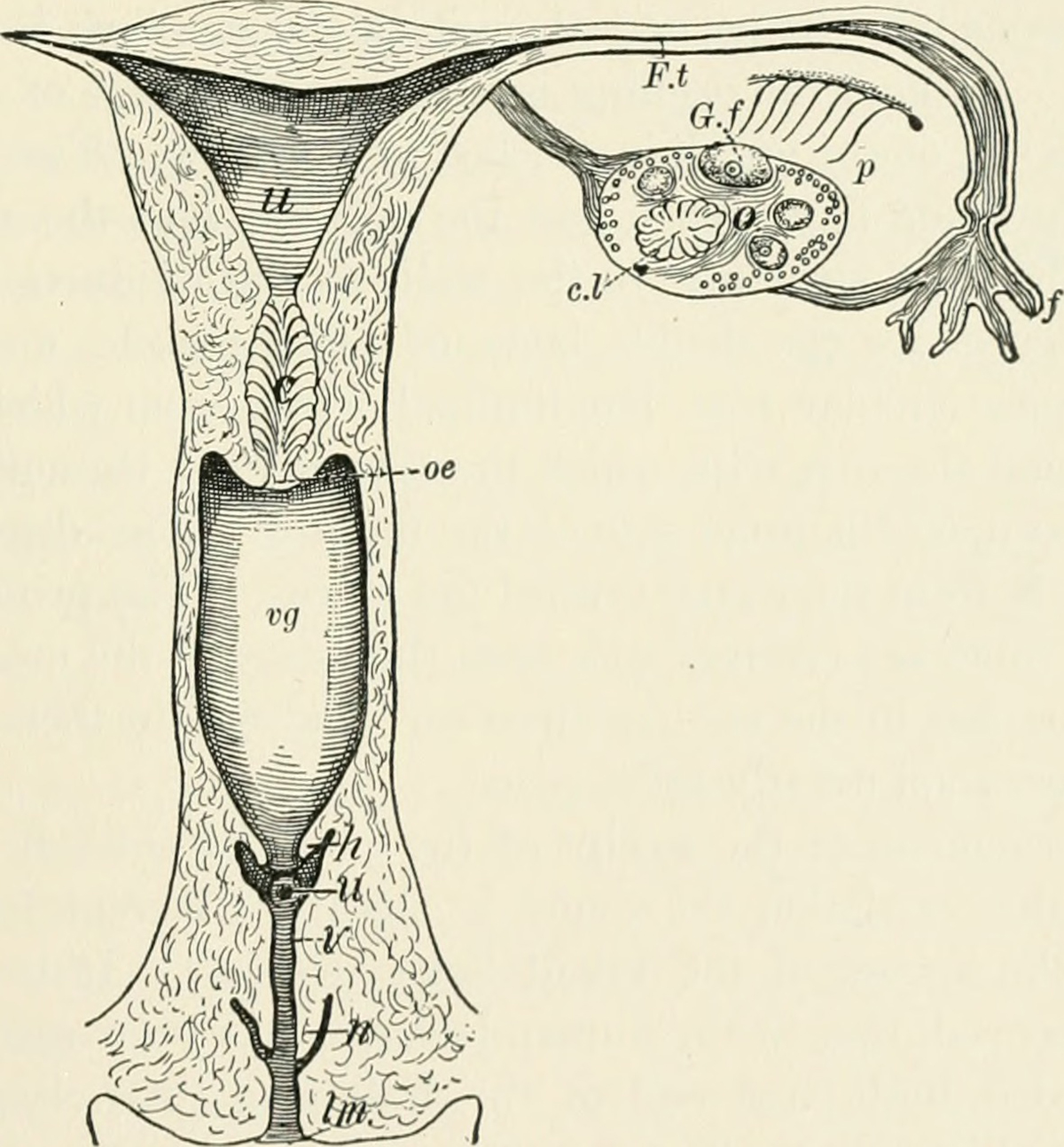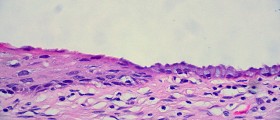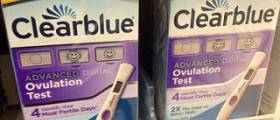
Women are fertile during the couple of days in a month, but their most fertile period are days around ovulation. The exact time of ovulation varies from the woman to woman and, simply put, it begins 14 days before the next period. However, this counting method isn’t a safe and reliable way to determine the proper time of ovulation.
Length of a menstrual cycle may significantly vary and still be considered normal. The first part of the cycle, from menstruation to ovulation, may vary from 14 to 20 days in length. The far better way to predict the most fertile period of the month is to monitor bodily changes. Woman may keep the body temperature chart and keep an eye on the rise of body temperature, which is a strong indicator of ovulation. Cervical mucus, or discharge, secreted from the cervix is another pretty much reliable sign that may help a woman to understand at what period in the menstrual cycle she is.
Vaginal discharge
Vaginal discharge is completely normal in every phase of the menstrual cycle. It is estimated that healthy adult woman has somewhere around three to four milliliters of transparent or white discharge everyday. Normal vaginal discharge is usually clear or white in color, and sometimes can look more yellowish when it dries. A normal discharge has a mild scent or no scent at all.
A discharge is created in a normal process of cleaning up the bacteria and fluids from the vagina. Changes in the color, thickness and smell of the discharge may sometimes point out to infections or hormonal imbalances. However, it is important to understand vaginal discharge is a normal phenomenon that varies in the consistency and color during the whole cycle, due to the hormonal changes.Vaginal discharge and ovulationBefore ovulation woman has extremely low chances of getting pregnant. At this time there is normally just a little or no discharge present. In the first couple of days after the period woman may actually feel dryness around the vulva.
As the ovulation time approaches, the chances of getting pregnant are becoming higher and higher. The volume of discharge starts to rise and it is normally white or cream in color. Discharge is light in consistency and it usually breaks or stretches for only about 1 cm.
At the time of ovulation a woman has greater chances of getting pregnant. At this point, discharge looks like egg whites and it is very clear. At the time of ovulation, mucus is very elastic and it stretches easily without breaking. Biological function of vaginal discharge at the time of ovulation is very important as it increases the sperm’s survival rate. Sperm may survive up to 72 hours in the cervical mucus, but only at the time of ovulation. Brown discharge at the time of ovulation indicates a presence of blood in the mucus, and it is very normal especially in the early stage of pregnancy or due to various hormonal factors. On the other hand, green or yellow discharge accompanied by vaginal pain, irritation and discomfort, are warning signs that may indicate an infection.
After the ovulation, a woman’s chances of getting pregnant are again decreasing. The mucus becomes sticky again and the region around the vulva may feel dry.















Your thoughts on this
Loading...